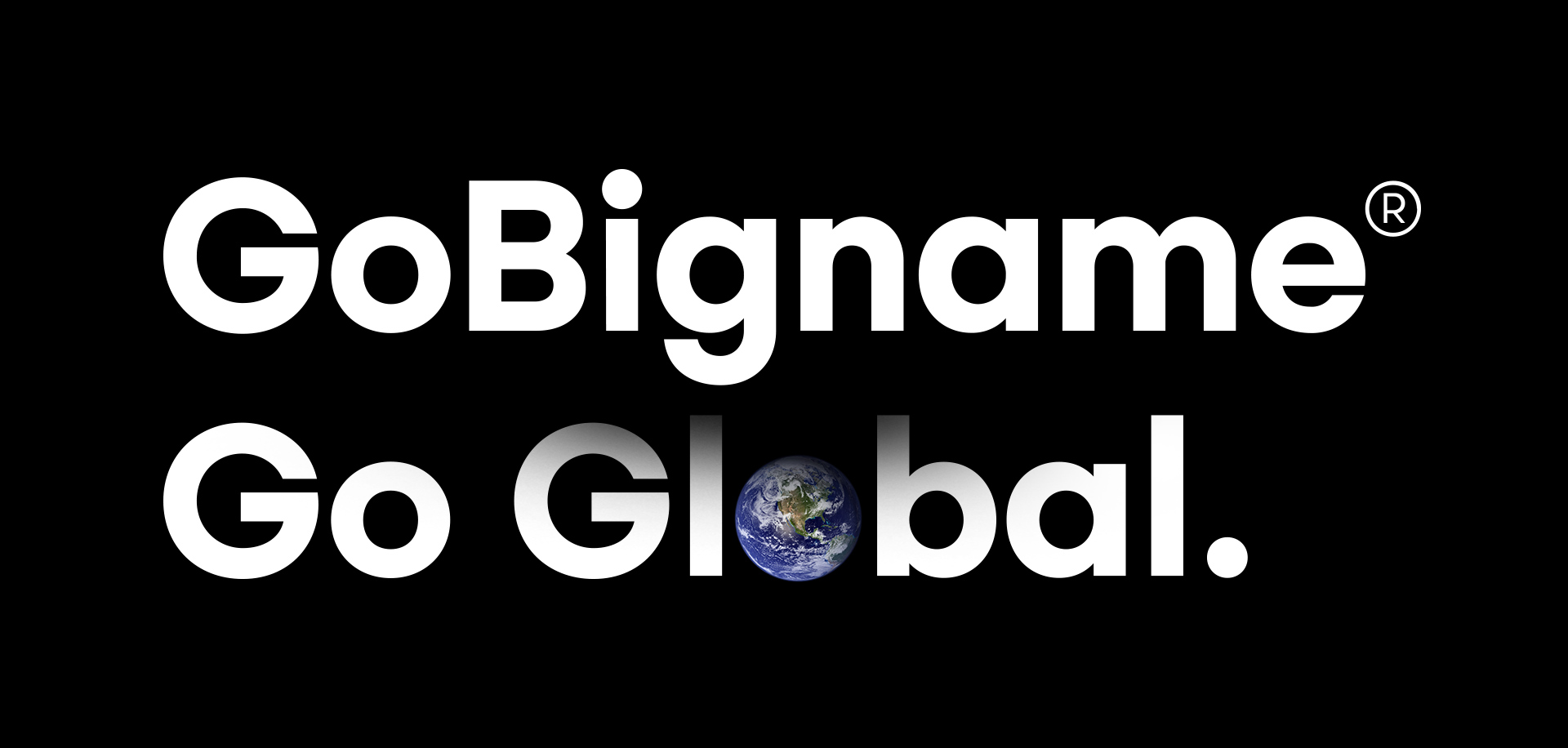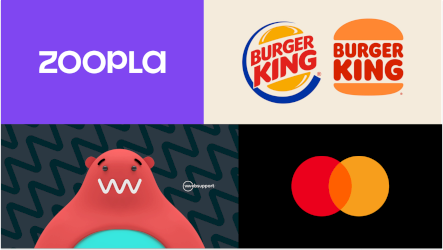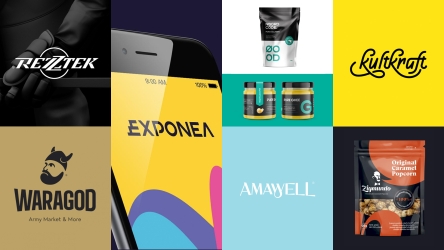A trademark can easily happen to be your company's most valuable asset - and its lack will be a lack of protection you'll sorely miss. Think of trademarks as a form of insurance for your brand. To be able to call out (and stop) those copying you with the law on your side is only a part of it; not receiving infringement claims and potentially losing your name is the other important part.
As you'll learn from bigger companies making these common trademark mistakes, the return of the investment in a trademark is far greater than the investment itself.
The majority of trademark lawyers and professionals will tell you that small AND large businesses are repeating these three common trademarking mistakes:
1 Forgetting to do a SEARCH
After submitting a trademark application, the examining attorney will do a search with just one goal: to find a reason to deny your application. Only if he doesn't find any, your trademark application will move on to the period of comments and objection by any external party. And if there's no problem, then the trademark approval process of many months starts.
You're wasting money and time if applying without minimizing the risk of being objected to by a thorough search.
It is not as simple as to google if there's someone else - and certainly not just about an exact match check with the Intellectual Property Office. That is only the beginning. Similar names or phonetic/syllable/meaning variations that remind of an already trademarked brand might impact your application as well, to the point of being a threat to you and your brand name.
It is important to know what's out there, what are the obstacles to overcome or that may stop you.
The knowledge of your position affects the strategy of your brand and its products or services. This is very important for new brands - but just as important for brand names that already appear in a commercial use without a trademark!
_____
If the Stressbook startup entrepreneurs Jan Schleuniger and Kurt Lobsiger did a thorough search before registering their trademark in some of the same classes as Facebook's are, they (maybe) wouldn't be as daring with the name of their company. Facebook is known for numerous similar cases in other countries as well (often, but not always, victorious in the long list of battles). Even if a different business, at first sight, the Stressbook app (a diary of an employee's daily workload) was, eventually, judged as clashing with Facebook's brand in the "Software" trademark class. This makes the Stressbook brand impossible to exist since the app cannot use the name.
2 Putting off the trademark application for later
Smaller businesses are often not profitable at the beginning, so they postpone the registration to "when they're generating income" - or just forget about trademarking altogether. The huge mistake here is not realizing that trademarks are important for small to medium businesses often more than for big companies.
The being in the database lets your trademark "do the heavy lifting," protecting the brand. Without a trademark, the small businesses' brand will be fighting a lost battle against a larger company, and the cost of the dispute could easily crush the whole business. Seeing no sense in fighting, smaller businesses often have no choice but to give up, ending up rebranding or ending their business.
_____
A similar situation arose with the Swiss auction platform Mylandoo that got threatened by German online retailer Zalando's lawyers in 2017. The phonetic similarity was enough for Zalando to be ready to take legal action, even if the companies operate in different areas of business (Zalando selling clothes and accessories). Even if disbelieving in the possibility of losing the dispute, Fatih Oruc ended up renaming Mylandoo to Odaboo, settling rather to go to a judicial dispute. Odaboo went into liquidation in 2019.
3 Choosing the trademarked classes improperly
A "small" but essential mistake when applying for a trademark can also be the wrong choice of the trademarked goods or services classes. The realistic coverage of what you're selling and going to sell is important to be thought of in-depth. You cannot easily add classes into the application after it was put in. It is important to cover the scope of what you're selling at the moment of registering the trademark as well as in the foreseeable future. The proper classification will make a difference in how your brand and the products are perceived by law, tying the brand and its actual use in terms of products/services.
_____
A good example of how to do it, and how even a giant of a company can lose a battle not acknowledging this importance, would be the case of the small Häberli AG versus Storck KG. Urs Rutishauser, the owner of Häberli Frucht Pflanzen AG, registered the word Merci in curved lettering in combination with a drawn strawberry for his breed of a balcony strawberry plant with beautiful flowers that makes for an excellent thank you gift. This did not go unnoticed by the German August Storck KG, one of the top ten global confectionery manufacturers with an annual turnover of 2.5 billion euros. The 'risk of confusion due to the identical purpose' of both products consumed as a dessert or used as a dessert ingredient was, in the end, claimed as non-existent by the Federal Administrative Court.
Three different mistakes, three different examples. But there are hundreds and thousands of cases of trademark mistakes that can happen - and actually happen every day. As a company owner or a marketing director, it makes a lot of sense for you to be careful and learn from the mistakes of other companies to do right by your brand yourself. It makes even more sense to get help with registering your intellectual property from professionals that went through many trademark processes successfully already.
For your trademark to go through smoothly and effectively, look up all the trademark processes we follow at GoBigname - and we can help you with: Trademark search, Trademark disputes, and other legal services helping you with registering your intellectual property as a trademark.
_____

There's much more to read about our projects in GoBigname client portfolio - or get inspired by other brand and trademark tips and how-tos in GoBigname Know-how section.





